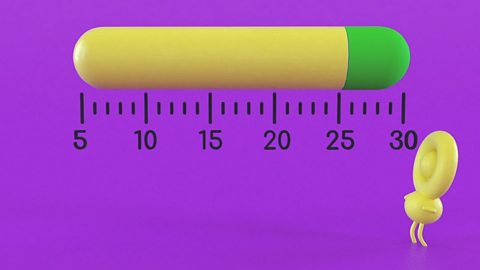At first glance, it perhaps doesnāt make sense. How can doing less work get more done?
The short video below digs a little deeper into the idea, why it can work and how it can help with some important projects.
'Deep' work
Productivity expert Cal Newport has advice on having a smarter workload. It includes an element called ādeep workā.
To understand deep work, itās worth knowing what the shallow sort is. Checking your emails, checking social media, meetings about non-urgent matters - they could all be described as shallow work.
You may not be able to ignore them completely, but you can remove them from your to-do list for a while so your focus is on the deep work. Thatās concentrating on the most important tasks and giving them your full attention. You could even try shutting yourself away to have even fewer distractions. Itās what author and poet Maya Angelou liked to do, and businessman Bill Gates has been known to shut himself away in a remote cottage to get work done.
Go for the goal
There are different ways to approach lifeās targets. Businessman Warren Buffett's advice is to make a list of the top 20 things to achieve in life, then draw a line below number five. After that, ignore the other 15 items on that list until the first five have been achieved.

The pyramid of goals
Professor Angela Duckworth is a psychologist who devised the pyramid of goals. It involves splitting them off into levels, the one at the pinnacle being your ultimate goal (such as giving a presentation, becoming a GP, or even an Olympic medallist).
The next level contains the smaller goals which will feed in to your ultimate aim. For example, the research required to complete your presentation, the exams to qualify as a medical student, or the training required to run 100m at gold medal standard. The level below that one contains tasks that feed into the one above, and so on. If a task isnāt going to lead to that ultimate goal, no matter how many levels down it is, then donāt do it.
Give yourself a break
Working on something at what feels like 100 miles per hour all day isnāt necessarily a good thing. Taking breaks are important, and you can make them work for you too.

Time-management guru Francesco Cirillo based a theory on breaks from a tomato-shaped timer he found in his kitchen. Known as the pomodoro technique (after the Italian word for tomato), itās based on splitting your work into 25-minute long sessions. Follow that up with five minutes of productive break time. Pop out for a quick walk rather than scrolling through your social media feed - research has shown that these breaks can improve your mood and get you ready for that next 25-minute session.
Know when to stop - and say it out loud
Cal Newport has a theory on deep work but he also knows when to stop and have time for yourself. To put a full-stop on the working day, he has a shutdown ritual. This involves knowing the day is drawing to a close, looking through the work that is unfinished, making a plan of what to do tomorrow, then closing your laptop or exercise book and saying something like āshutdown complete!ā
The phrasing is up to you but that statement should be the ālidā on your work for the day and the start of your leisure time, where youāre free to have some fun. Make sure you have some!
Watch out for more videos offering tips on making the most of your time and life's bigger decisions, made in collaboration with “óĻó“«Ć½ Ideas.
How to make important decisions
Dr Radha's advice for those big life choice moments

How to make the most of your time
Spend your daily hours and minutes wisely with tips from the experts

Dr Radha's three tips that can be carried out anywhere
